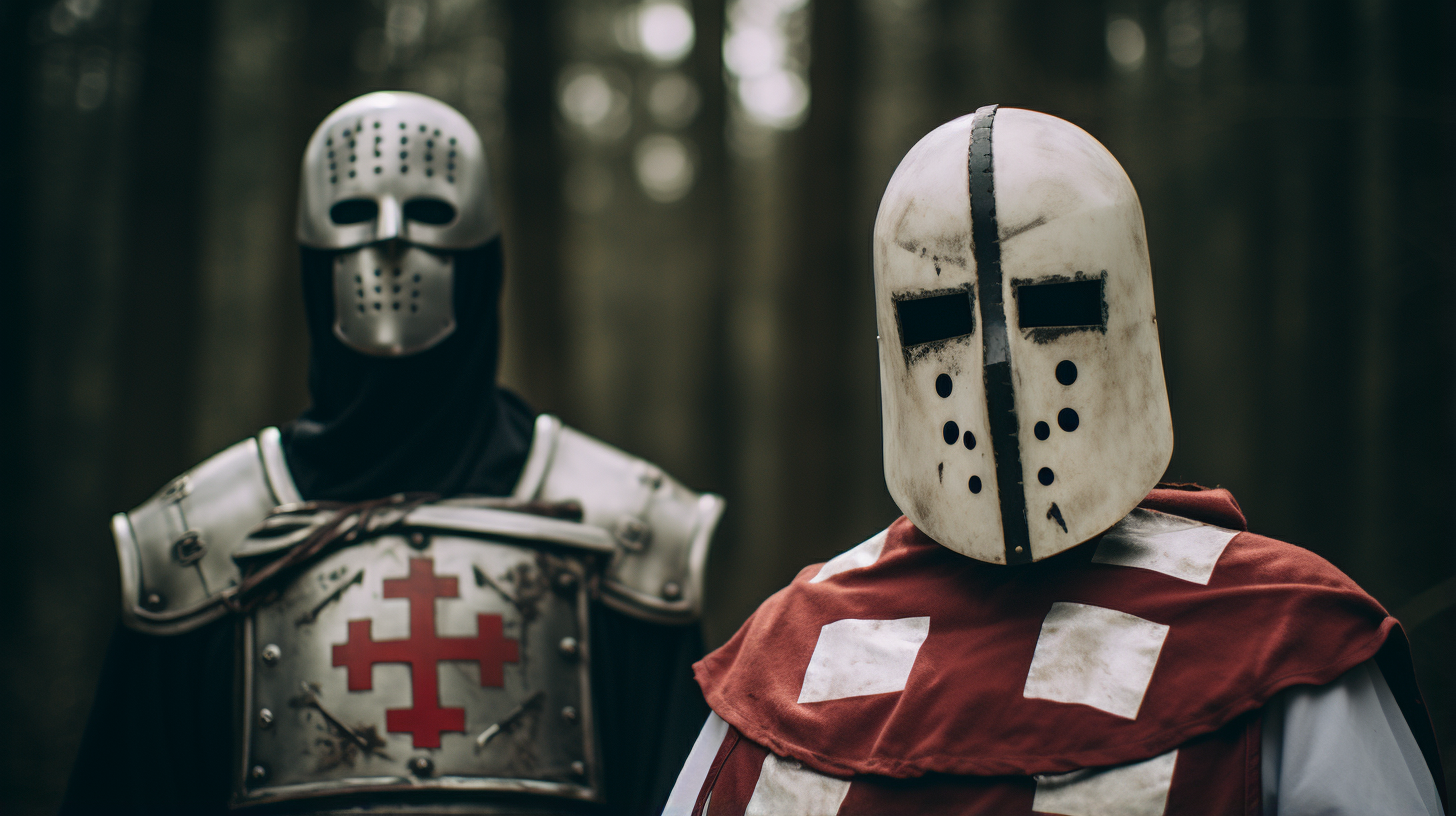Year after year, a certain day creeps in, causing a chill to run down the spine of individuals worldwide. It marks a time when superstitions take flight, leading many to tread cautiously, avoiding pavement cracks and dodging black cats.
This day is none other than Friday the 13th, shrouded in mystery and fear, prompting curiosity and unease in equal measure. But what tale lies behind this supposedly ill-fated day, and why does it persist in evoking both terror and intrigue?
The saga of Friday the 13th unfurls across centuries, delving back to the 14th century in an intricate and captivating narrative. While nowadays tinged with horror tropes and superstitious whispers, its roots dig deeper into history’s tapestry. To grasp its essence, one must venture back to the era of the Knights Templar.
Emerging in the 12th century, the Knights Templar stood as a mysterious order blending warrior ethos with monastic traditions. Their role as guardians of treasures for kings, pontiffs, and rulers earned them the moniker of the world’s inaugural global bankers. Yet, their destiny dramatically shifted on an ominous Friday the 13th in October 1307.

King Philip of France, mired in debt, fixated on the Templars’ wealth and influence. In a swift, merciless stroke, he commanded the arrest of all Templar brethren.
Captive to torture, incarceration, and protracted tribulations orchestrated by the Catholic Church, the climax culminated in the public execution of Jacques de Molay, the Grand Master of the Knights Templar.
During this bleak episode, de Molay allegedly invoked a curse upon Pope Clement and King Philip.
In a twist of fate, within 33 days, Pope Clement perished from an inexplicable ailment, while seven months down the line, King Philip succumbed to a massive stroke during a hunting expedition. These occurrences fueled the belief that de Molay’s hex extended not just to his foes but also to the day of their arrest – Friday the 13th.
Seven centuries on, the legend surrounding Jacques de Molay and the Knights Templar remains robust. Speculations swirl that the Templars might have unearthed ancient relics, such as the Ark of the Covenant, during their tenure safeguarding the Temple of Jerusalem.
This veiled wisdom, as whispered, could have empowered de Molay to cast a curse that manifested in due course.
Hence, the disquieting chronicles of Friday the 13th persist. Is it truly cursed, or are these episodes mere coincidences embellished over time by superstitions? Irrespective of one’s convictions, the narrative of the Knights Templar and their intertwining with this infamous day remains enthralling.
In our pursuit of unraveling historical enigmas, we often confront accounts blurring the line between reality and myth. Friday the 13th epitomizes such a conundrum, a narrative underscoring humanity’s enduring thirst to untangle the inscrutable, even when swathed in shadows and superstitions.
Video:
As voyagers through history’s veils, let’s bear in mind that within each tale lies a kernel of truth, yearning to be unearthed, deciphered, and shared. Whether skeptics or believers, the lore of Friday the 13th stands as a riveting segment in humanity’s curiosity archive, a testament that the past harbors a treasury of riddles awaiting revelation.
